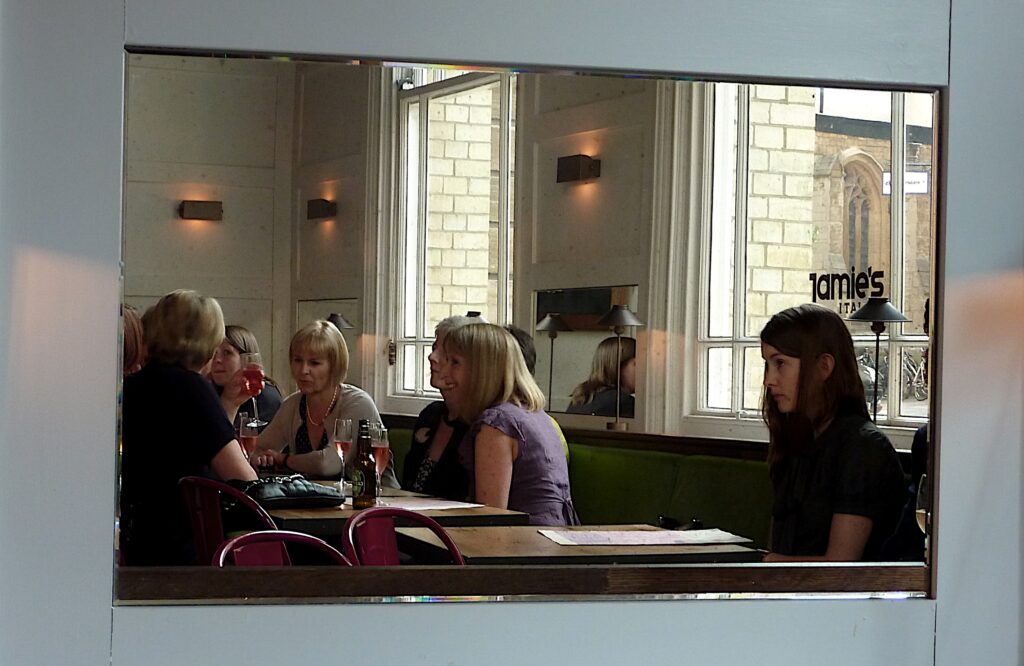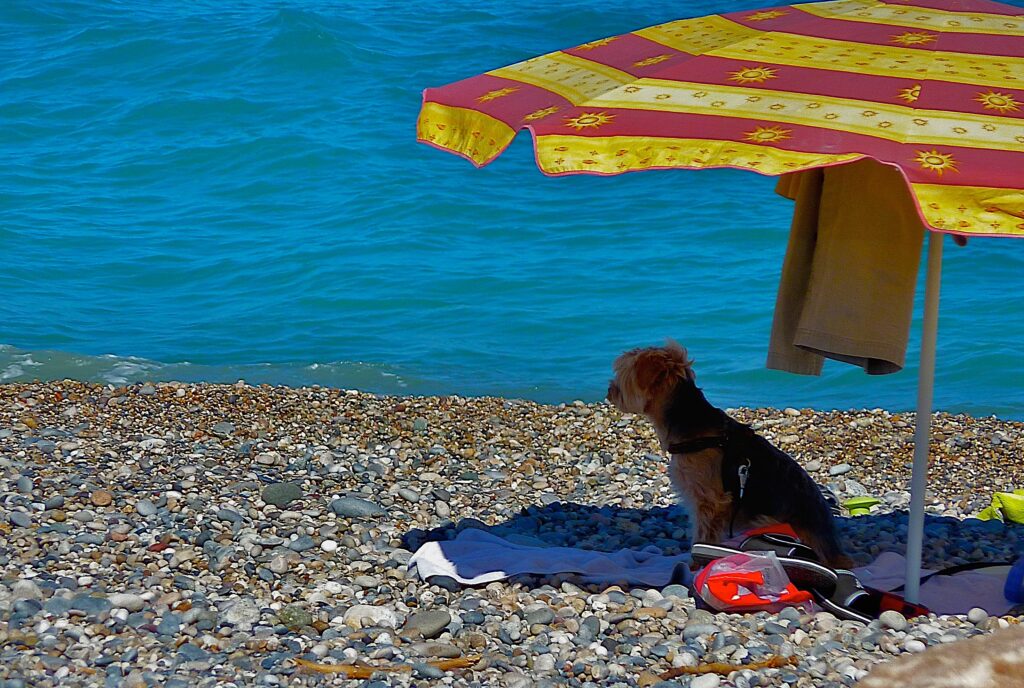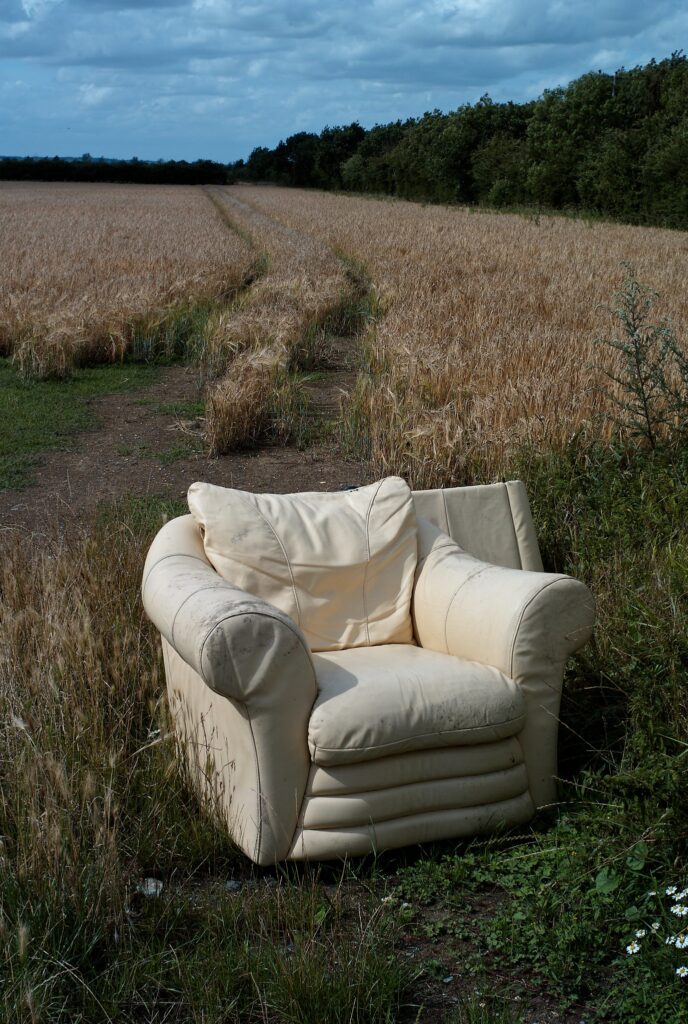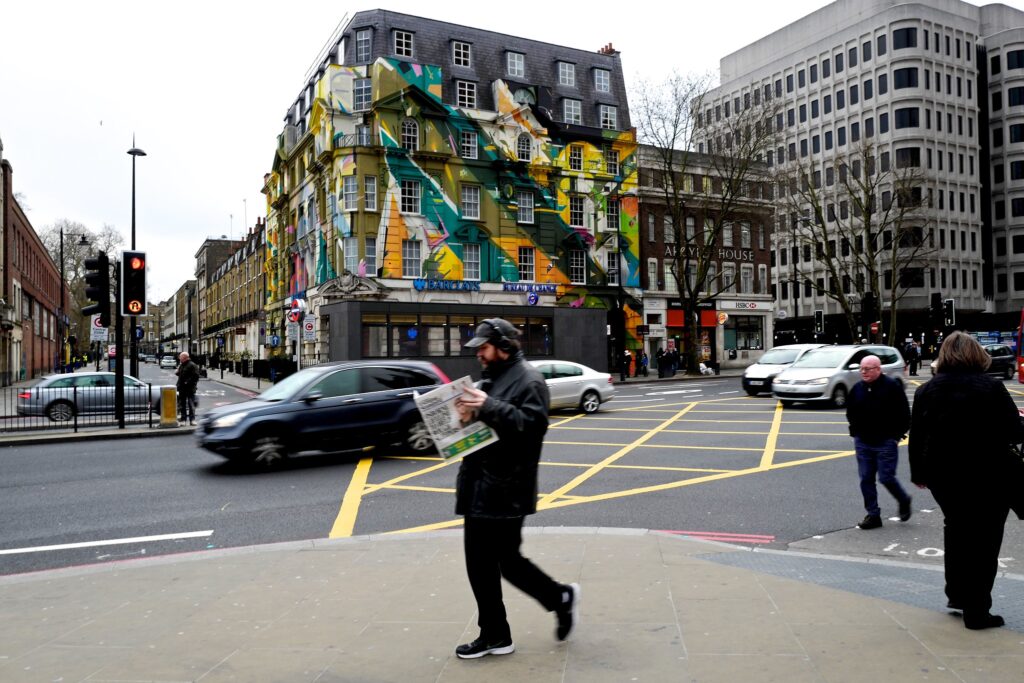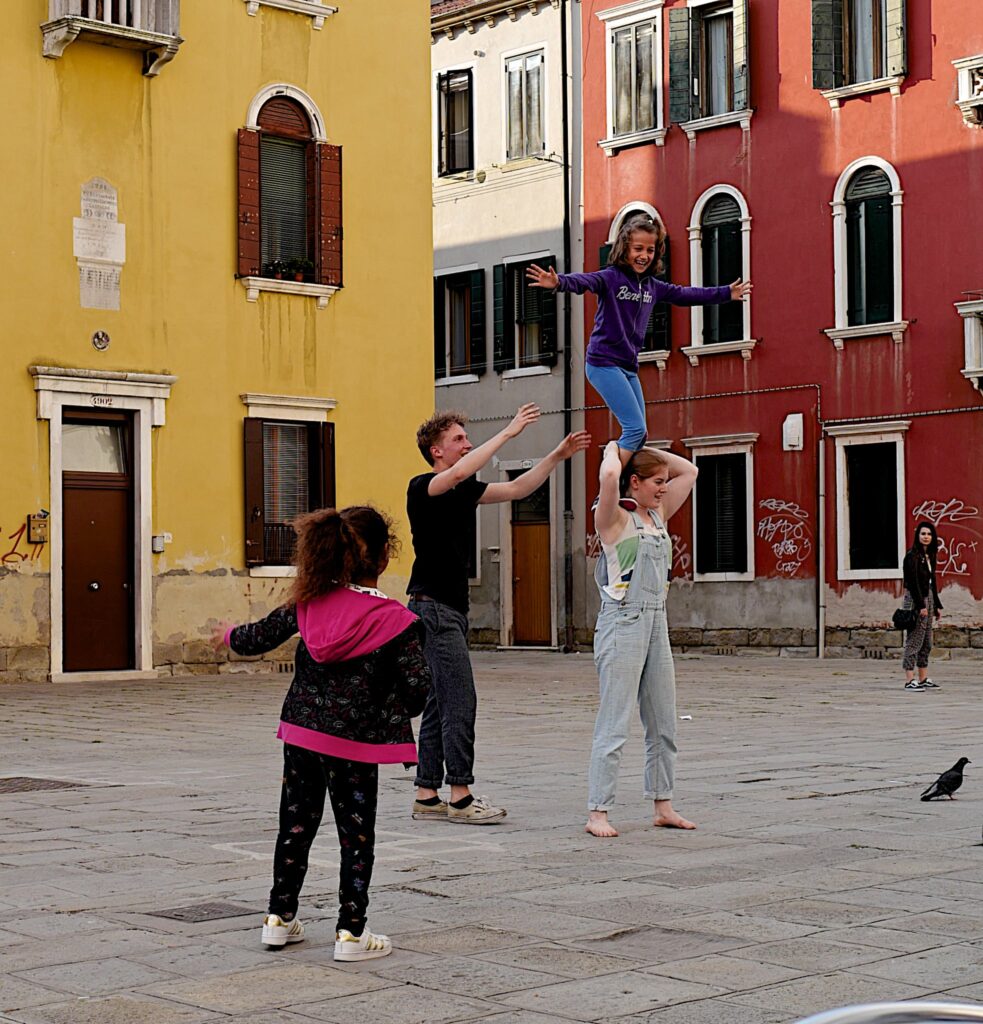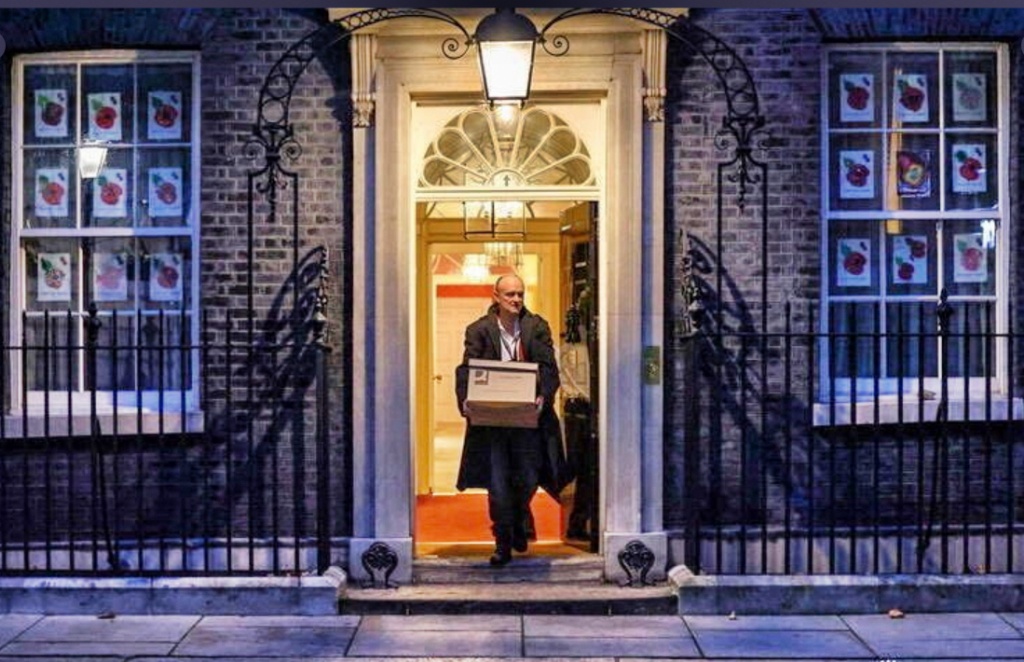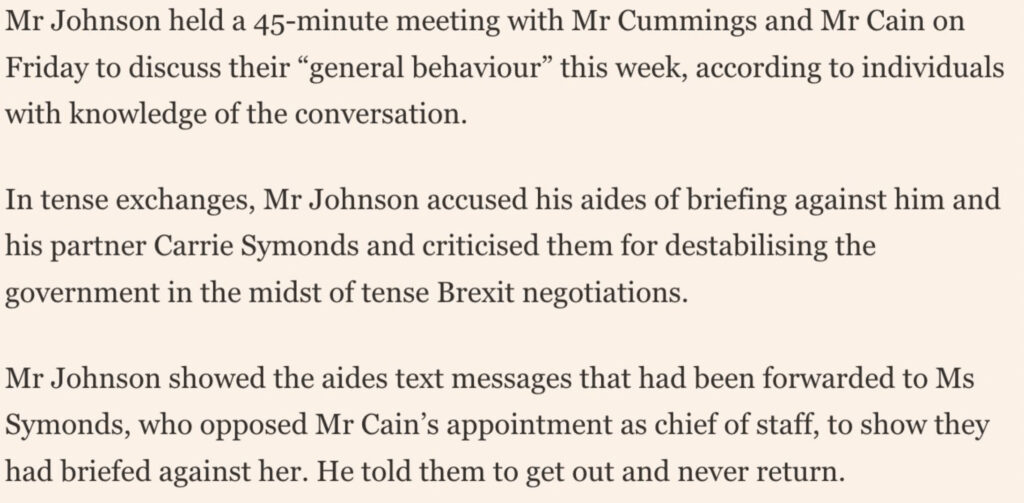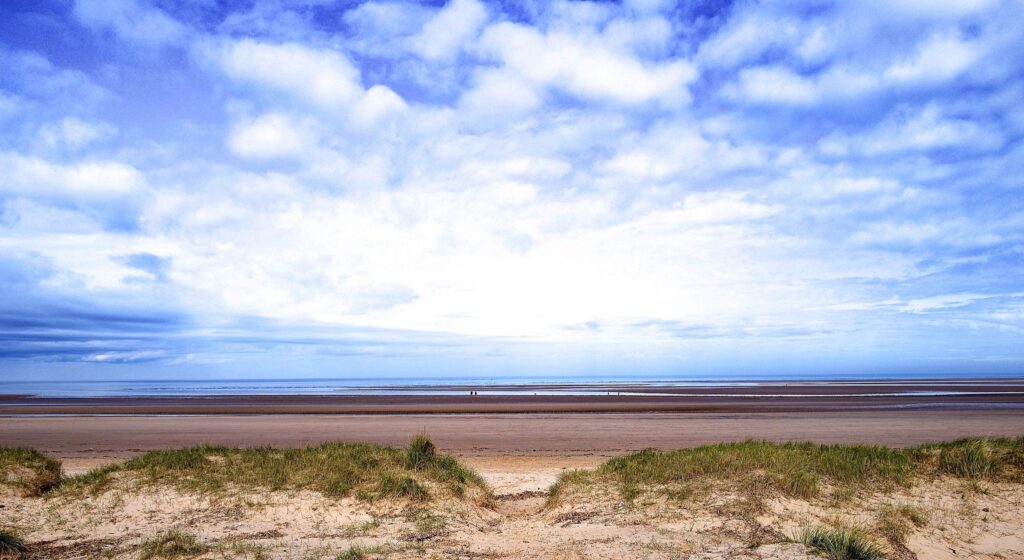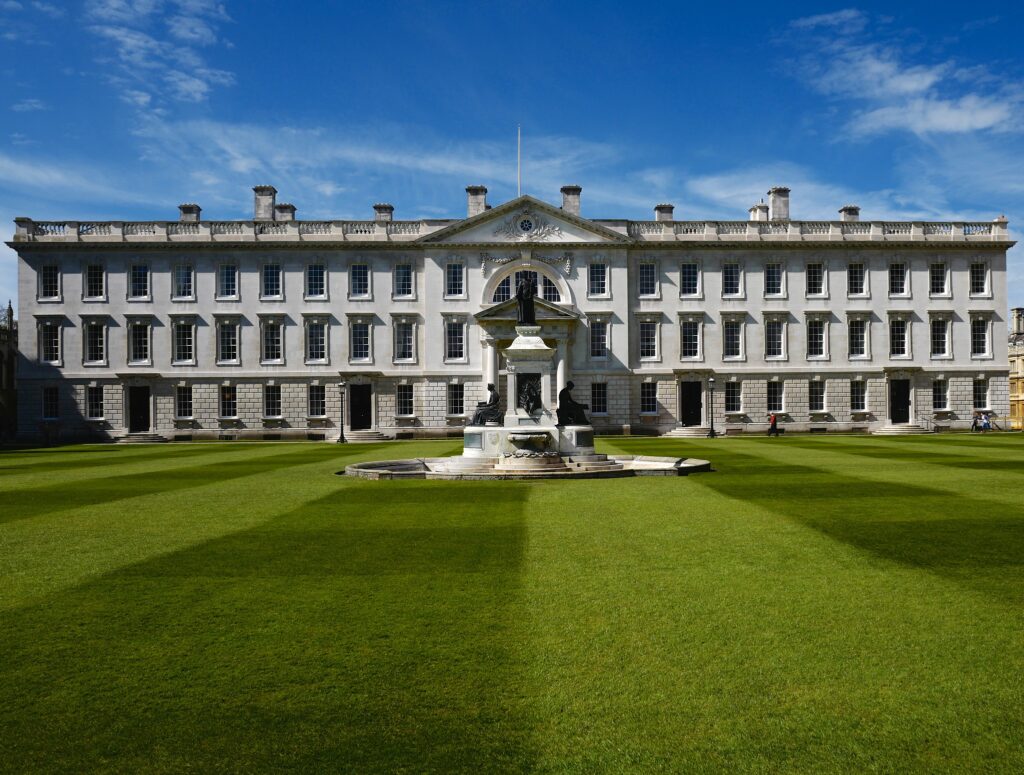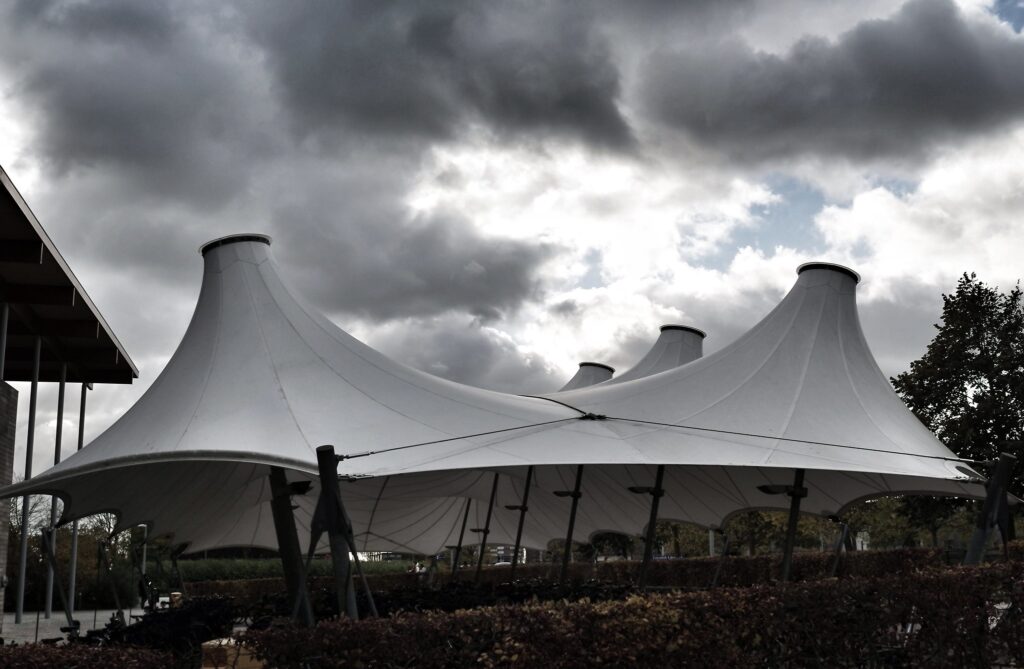Girls’ Night Out, 2010
Life before social distancing.
Quote of the Day
“It was through the Second World War that most of us suddenly appreciated for the first time the power of man’s concentrated efforts to understand and control the forces of nature. We were appalled by what we saw.”
- Vannevar Bush, 1967 in Science is Not Enough
Musical alternative to the morning’s radio news
Johnny Cash | The Gambler
Re: cycling
Coming home today after a pleasant sunlit cycle ride (our government-approved daily exercise) I noticed that the odometer on my (electric) bike had nudged from 4,199.9 miles to 4,200.
We’ve had those bikes for about three years, which means that I’ve cycled the distance from Cambridge to Nairobi in that time. (When I told my wife this, she replied deadpan that she had cycled 4,800 miles in the same time, which rather put me in my place, even after I tried to rationalise it with the thought that her daily commute to work is a mile longer than mine.)
The really interesting thing, though, is that without our bikes, those 4,200/4,800 miles would have been travelled in cars, with attendant environmental costs.
Norman Rockwell’s ‘Thanksgiving’ picture, Covid version
From Dave Winer’s blog.
Apple ARM Macs arrive — but don’t expect all third-party apps to work without emulation
Geeky stuff, but interesting. Apple’s achievement in building its own processor — the M1 — based on ARM architecture and delivering it on time is astonishing, given the technical complexity of doing it. And it seem that all of Apple’s own main apps (Mail, Pages, Numbers, Keynote, etc.) run just fine on the new processor. But many third-party apps are not yet ready for it and have to run via the Rosetta emulator. The Register has a useful summary of the current state of play.
The moral of the story is don’t upgrade just yet if those third-party programs are important for your workflow. Which is annoying because the new laptops are blazingly fast, and seem to have much better battery life.
Trump’s Firehose of Falsehood
Very perceptive piece:
What Trump and his supporters are up to should be thought of not as a litigation campaign that is likely to fail, but as an information-warfare campaign that is likely to succeed—and, indeed, is succeeding already. More specifically, they are employing a tactic called “the firehose of falsehood.” This information-warfare technique, according to researchers at the RAND Corporation, is marked by “high numbers of channels and messages and a shameless willingness to disseminate partial truths or outright fictions.”
After Russian agents poisoned Sergei Skripal and his daughter in Britain in 2018, Kremlin-controlled media blamed Britain. And/or Ukraine. And/or it was an accident. And/or it was suicide. And/or it was a revenge killing by relatives. And/or Russia did not produce the nerve agent that was used. And/or an entirely different nerve agent was used. The Washington Post, which published a flowchart of Russia’s kaleidoscopic inventions, summarized what the propagandists were up to: “They fling up swarms of falsehoods, concocted theories, and red herrings, intended not so much to persuade people as to bewilder them.”
Unlike more traditional forms of propaganda, the firehose of falsehood does not aim primarily at persuading the public of something that is false (although this is a welcome result). Rather, it floods the information environment with so many lies, half-truths and theories that the public becomes disoriented, confused and distrustful of everyone.
The Russians were the great innovators in this space. And the alt-right have learned a lot from them.
John Williams gets Gold
Composer John Williams received the Gold Medal of the Royal Philharmonic Society last night. There was a nice interview with him on this morning’s Today programme.
Other, hopefully interesting, links
- Oslo got pedestrian and cyclist deaths down to zero. How did they do it? Hint: it involves fewer cars. Link
- How I Draw Spherical Panoramas. By Paul Heaston. Lovely — and ingenious, with a nice hack at the end. Link
- Was Roger Fenton’s famous photo of the ‘Valley of the Shadow of Death’ faked? Errol Morris’s investigation. Link
This blog is also available as a daily email. If you think this might suit you better, why not subscribe? One email a day, delivered to your inbox at 7am UK time. It’s free, and there’s a one-click unsubscribe if your decide that your inbox is full enough already!

